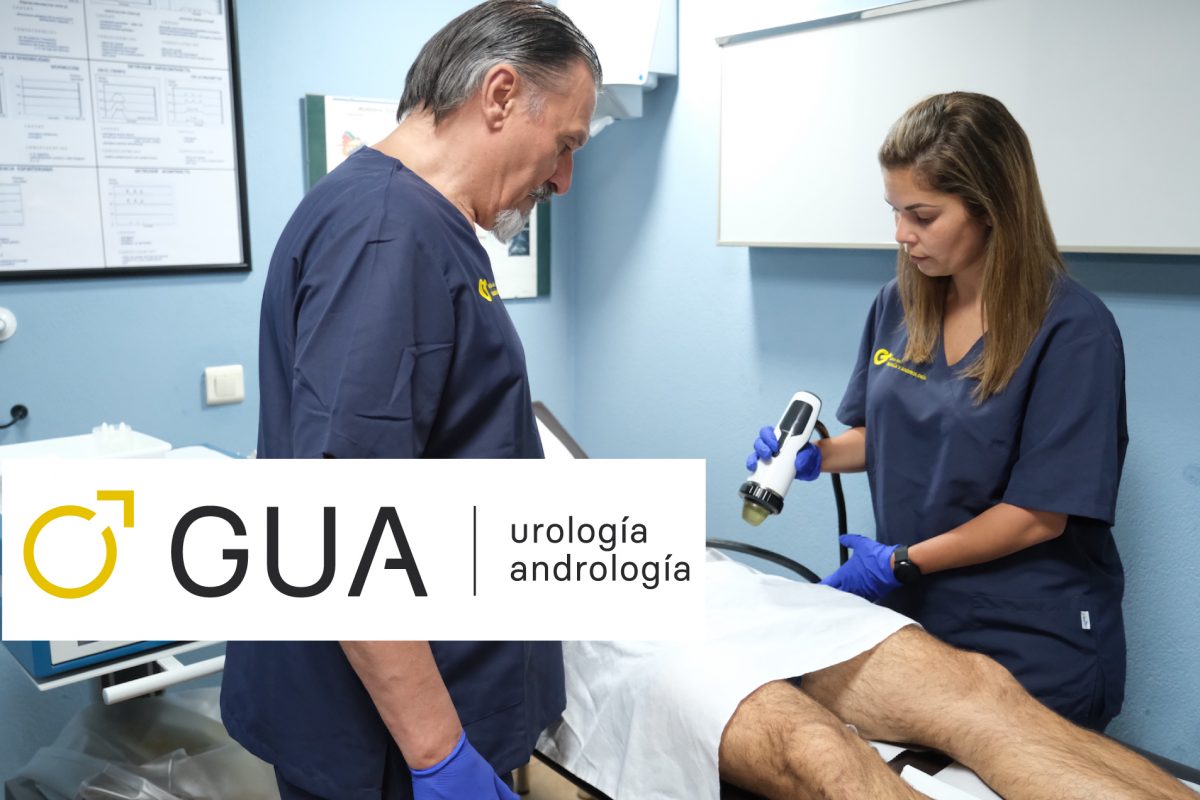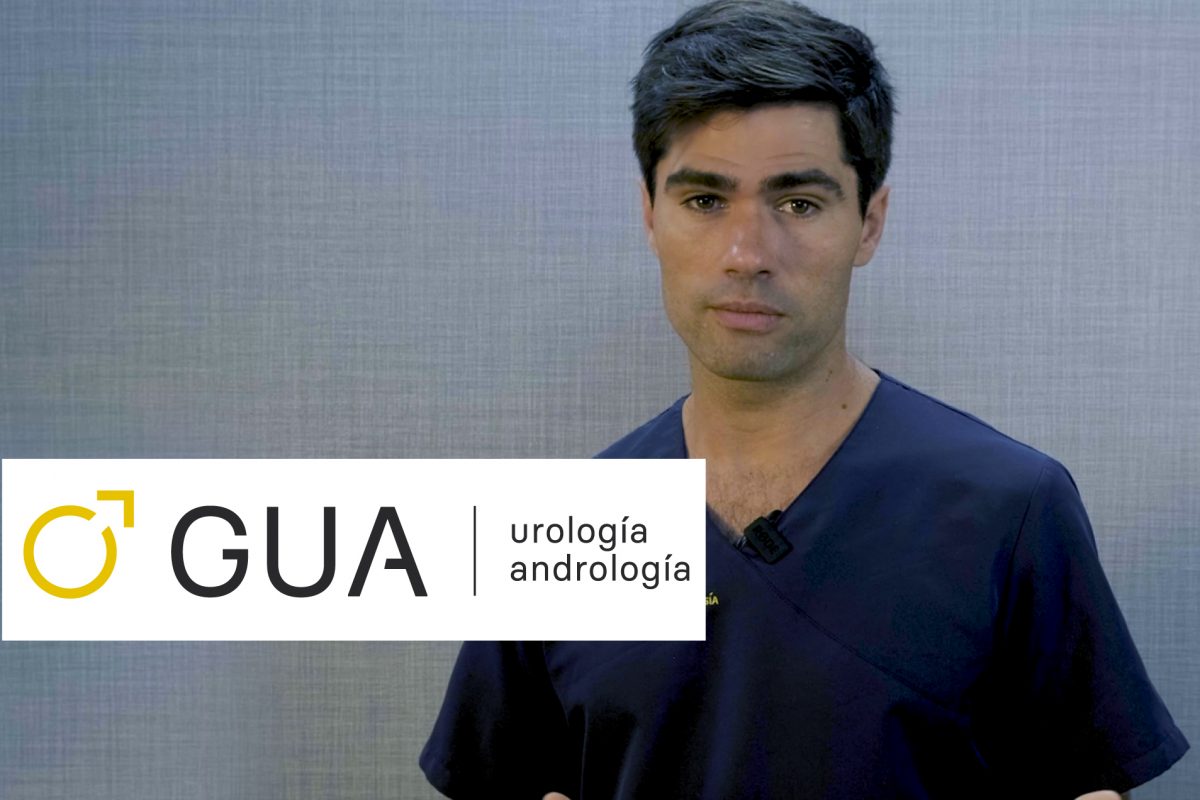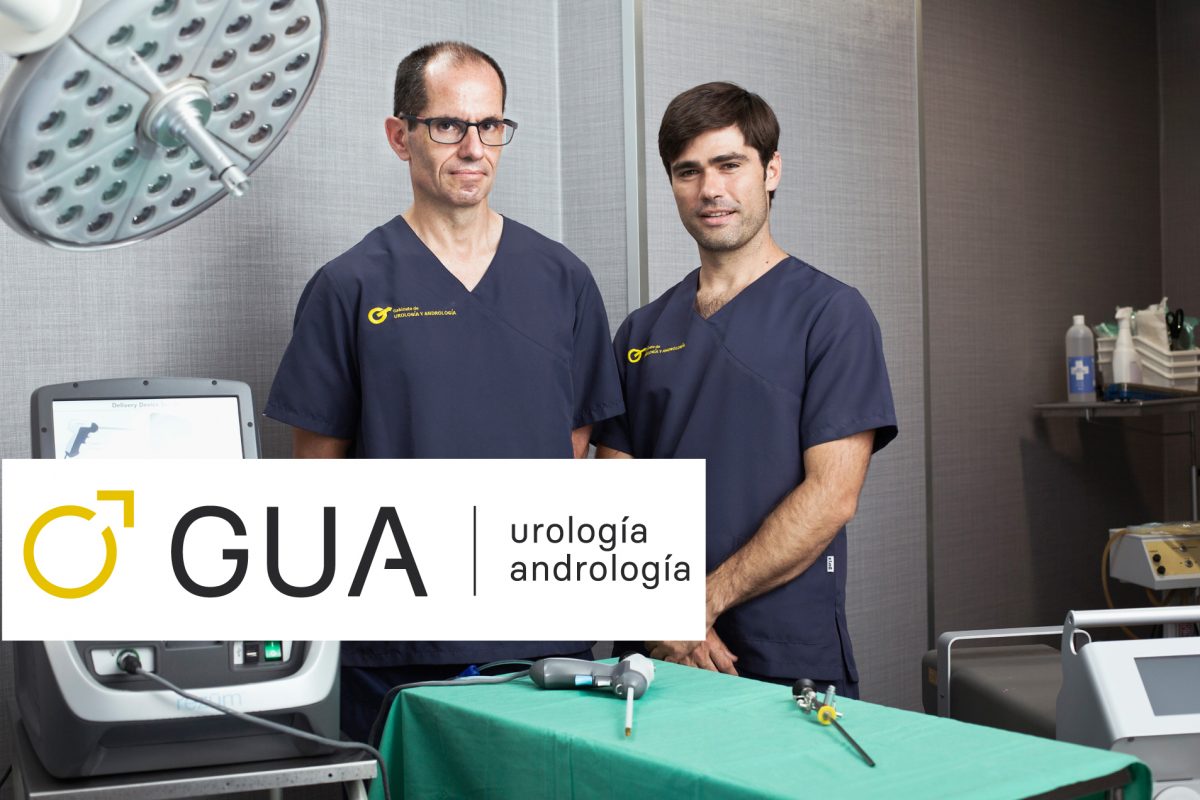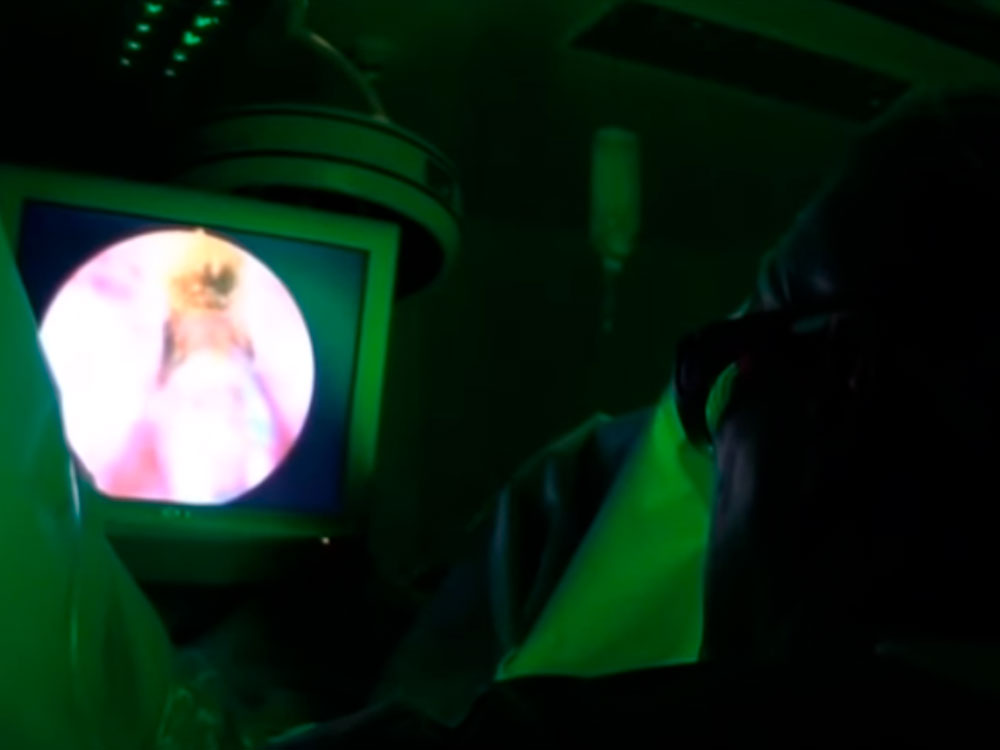Erectile dysfunction is defined as the sustained inability to achieve and maintain an erection sufficient to allow satisfactory sexual intercourse. Therefore, the first diagnosis is made by the patient himself when he becomes alarmed when he cannot achieve sufficient rigidity to penetrate the penis.
With technological advances, it is now possible to treat erectile dysfunction with the new shockwave treatment. This is a great innovation as it is the first treatment that acts at the root of the problem, the narrowing of the arteries or arteriosclerosis. In most cases erectile dysfunction is due to a lack of blood to the penis because of this problem.
It is a long-lasting treatment, as the patient will be able to enjoy the effect of the shockwaves once all the sessions have been completed. This is the main difference compared to other treatments, where the effects are only felt while the medication, cream or injection is being applied... Therefore, there is a high probability of success in "curing" erectile dysfunction.
What are shock waves?
Although this is a new treatment, shockwaves have been used in urology for quite some time. Specifically, they are used to treat kidney stones or urinary calculi. This same technology, low-energy, high-frequency shock waves, is being used to treat impotence.
To correct erectile dysfunction, shock waves form new blood vessels in the erectile tissue, enhancing vascular endothelial relaxation.
How are they applied?
The treatment is carried out in several sessions to ensure complete success, specifically twice a week for 3 weeks. The duration of the session is approximately 20 to 30 minutes, taking into account that there are 3000 impacts per session. After one month from the last session, a check-up with the doctor is carried out.
The shock waves are placed first on the upper part of the penis and then under the scrotum to reach the root of the corpora cavernosa. In this way, the entire erectile tissue is covered.
The treatment is completely painless, brief and does not require anaesthesia or sedation. No admission or observation is required after the session.
Who can undergo this technique?
Smoking, cholesterol, sedentary lifestyle, stress, diabetes... All these vascular risk factors lead to arteriosclerosis and therefore erectile dysfunction. Patients who suffer from this pathology due to these vascular risk factors will be those who can undergo shockwaves.
Is shockwave therapy successful?
According to several studies, there is a high positive response rate to shockwave treatment, between 75%-80%. Moreover, the response remains positive in the medium term, with patients confirming an improvement in their erections over the next 6 months. Whether this is also the case in the long term is currently being studied.
Do shock waves cause pain or side effects?
Not at all. Patients confirm that they feel tingling during the sessions, but no pain. Moreover, to date, there is no record of any side effects. There have been rare cases of penile haematoma, but this is due to altered coagulation, without prior warning.
Contact us, we will be happy to answer your questions.
An annual visit to the urologist, as with any specialist, is vital for the early detection of any urogenital disease or abnormality. For this reason, an annual check-up with a urologist is of vital importance.
Prostate cancer is the leading disease that can affect men throughout their lives, followed by a number of other diseases. Statistics show that prostate cancer remains one of the leading causes of cancer deaths in men. These figures are consistent throughout the world. It is important not to miss a visit to the urologist once a year in order to treat this disease in time if it should occur.
Thanks to technological advances, it is now possible to detect prostate cancer at an early stage. This is essential to achieve the possibility of a more successful cure for a patient. There is up to a 90% chance of effectively treating the cancer if it is diagnosed early with the treatments that currently exist. According to specialists, it is advisable to start seeing a urologist at the age when the cancer begins to appear.
At what age is it advisable to start seeing a urologist?
- From the age of 40, if the patient has a family history.
- From the age of 45, if there is no family history.
What is prostate antigen?
An effective tool for early diagnosis of prostate cancer is the prostate antigen test. It is a simple test, namely a blood test that does not even require fasting. Depending on the result, it will alert the urologist to a possible abnormality and allow further tests to be carried out. If the tests give normal results, an annual check-up is all that is required.
As mentioned, if the data shows high levels of prostate-specific antigen, it could also be due to other disorders. Infections, prostate enlargement or benign prostatic hyperplasia are usually the most common.
If so, what are the most common pathologies?
Urology is the speciality that diagnoses pathologies of the entire urinary tract. Any condition of the bladder, urethra, ureters, kidneys, and prostate, testicles and penis in the case of men.
For this reason, the urologist is the specialist indicated to resolve different pathologies. Of particular note are:
- Kidney stones.
- Urinary tract infections.
- Sexual dysfunction.
- Urinary incontinence.
- Cancers of the urinary tract.
Can other pathologies occur when you are still young?
It is important to stress that we should not wait until we are 40 years old to start worrying about urinary pathologies. The most common is testicular pathology, testicular cancer. This cancer has a low incidence rate in the population. However, it should be noted that the age group of patients is between 15 and 35 years old. According to specialists' recommendations, it is vital to see a urologist for any testicular pain or painless enlargement.
Contact us, we will be happy to answer your questions.
Also called enlarged prostate gland, benign prostatic hyperplasia is a common condition in men after the age of 45. Its common symptoms include urinary discomfort during the day and at night: frequent and incomplete urination, possible pain, dribbling and others. This series of voiding symptoms and urological complications directly affect patients' quality of life.
When we talk about BPH it is because there is a formal diagnosis by a urologist, usually in men from 45 years of age, reaching 90% of affectation at 80 years of age. Research suggests a dysregulation of testosterone formation that may stimulate cell growth.
An enlarged prostate requires treatment and medical management, although some urinary discomfort may initially be tolerable, but when left untreated it can lead to urinary tract infections, bladder or kidney damage, or incontinence that worsens over time.
It should be noted that an enlarged prostate can mask other diseases, ranging from a simple urinary tract infection, prostatitis, kidney or bladder stones, and most seriously, cancer.
Until recently the alternative to treat this condition was drugs and surgery, whether it was open surgery, laser surgery or transurethral resection (TUR) of the prostate, but nowadays we also have steam heat therapy, which has become a good alternative and another treatment tool for cases of benign prostatic hyperplasia. Furthermore, it is minimally invasive, is performed on an outpatient basis, and does not alter the patient's sexual functions, such as the ability to continue ejaculating.
Which patient benefits from steam treatment?
The application of this treatment has been proven to reduce symptoms, clear blockages and reduce prostate tissue in benign prostatic hyperplasia (BPH). Patients who can benefit from this treatment are those with a prostate volume between 30 and 90cc. The system we have at GUA also allows us to treat patients with prostate hyperplasia by preserving ejaculation.
How is wet thermal energy generated?
This treatment uses radiofrequency to generate "wet" thermal energy, in the form of water vapour, which is injected into the prostate in controlled doses. The steam injected into the prostate tissue rapidly disperses through the cells and destroys them in a controlled manner, reducing the volume of prostate tissue adjacent to the urethra. The steam condensation process also causes a rapid collapse of the vasculature in the treatment area, resulting in an intervention with no blood loss and preservation of the ejaculatory mechanism, allowing semen to continue to be expelled.
What is the patient's readiness for treatment?
It is performed under sedation and specific medication for pain-free treatment.
What is the process our urologists at GUA follow to treat benign prostatic hyperplasia (BPH)?
- Before initial contact with the patient, the device shall be prepared. The device shall be activated to remove condensed water from the sheath by means of external heat and the standby function shall be left on to keep the steam ready.
- Once the patient is prepared, the handpiece is inserted and the prostatic anatomy, i.e. bladder and urethra, is visually assessed.
- The area shall be examined by measuring the fields of vision (FOV) between the bladder neck and the verum montanum (urethral ridge).
- Once inserted, our specialist will examine and verify by measuring the fields of vision (FOV) between the bladder neck and the verum montanum la, the treatment area of the vapour.
- Then, starting at the neck of the bladder and leaving a centimetre distance, our specialist will place the device on a side lobe and release the radiofrequency needle to administer the steam treatment.
- The steam treatment will be activated while holding the insertion device steady. Each treatment lasts 9 seconds. Once the treatment is completed, the needle shall be retracted.
- Subsequently, further steam treatment sessions could be administered 1 cm apart, until the proximal end of the verum montanum is reached.
- Finally, our exceptional team of specialists will perform a final assessment of the prostatic urethra and bladder.
Do not hesitate to contact us to clarify any doubts you may have about this procedure. At GUA we will offer you the highest quality care from the best urologists in Las Palmas de Gran Canaria .
Contact us, we will be happy to answer your questions.
Urology specialist Dr Francisco Juárez del Dago says the laser is a great addition to surgery for benign prostate enlargement.





